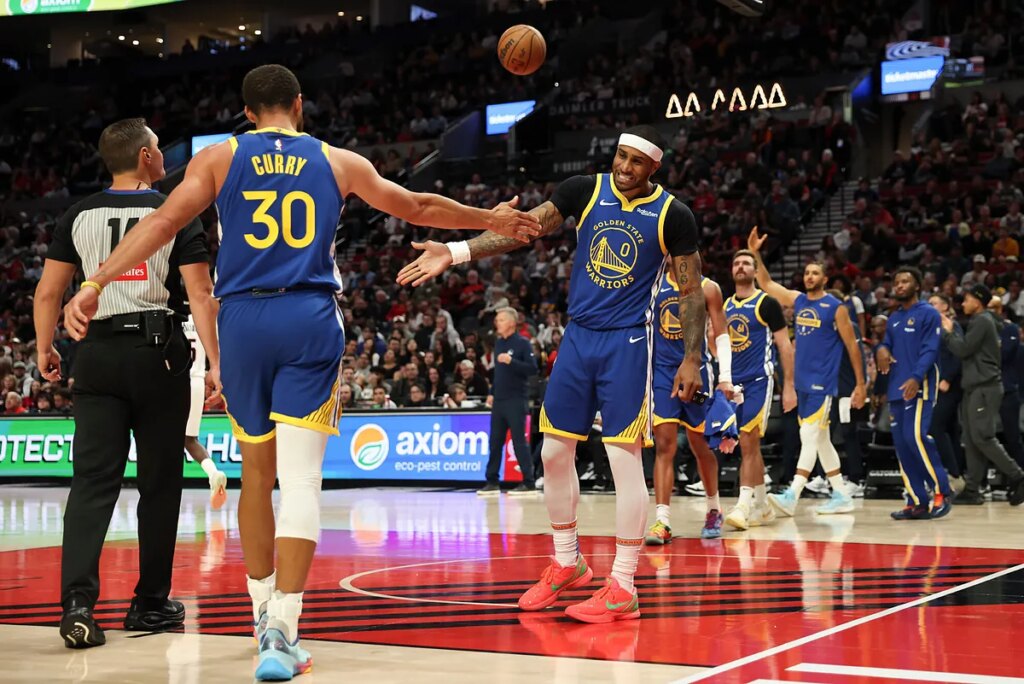The Golden State Warriors, once the embodiment of NBA dominance, are now grappling with the harsh reality of aging and roster uncertainty that threatens their status as championship favorites.
One of the most glaring issues is the average age of their starting lineup: 37, 36, 35, 39, and 32. These numbers reflect a team leaning heavily on veterans well past their physical primes, an aging core that even the Los Angeles Clippers find intimidating.
The Clippers, despite their ups and downs, still feature up to two starters on the younger side of 30, providing them with more youthful energy and durability.
Golden State could theoretically inject youth into their lineup by substituting 32-year-old Buddy Hield with 22-year-old Brandin Podziemski, or by relying more on 23-year-old Moses Moody, but both younger players are still in the early stages of their development.
Integrating youth into a veteran-heavy squad is never a simple task, and Coach Steve Kerr faces the challenge of managing minutes to avoid overburdening his aging stars while giving young talent enough opportunity to grow.
Last season, the Warriors still demonstrated flashes of brilliance, especially when Stephen Curry, Jimmy Butler, and Draymond Green shared the court.
Their combined experience and skill allowed Golden State to stay competitive, but that success hinged heavily on health and availability. The reality is that this aging roster’s susceptibility to injuries and fatigue is growing, casting a shadow over their postseason ambitions.
The challenges facing Golden State’s roster and depth
Beyond just the starting five, the Warriors’ bench depth is another major concern. The supporting cast is a complicated mix of older, injury-prone players and younger, unproven talents. Jonathan Kuminga, for example, represents a complex case.
He might be motivated to impress in hopes of a trade or to secure a bigger role, but his inconsistency and questionable shot selection undermine his overall impact. His offensive possessions often feel like a gamble, which makes it difficult for the team to rely on him as a steady contributor.
One positive element for Golden State has been the addition of Al Horford, who provides the floor-spacing and veteran presence needed to anchor the team’s frontcourt.
Similarly, Quinten Post showed promise during his playoff debut, shooting 31.3 percent from beyond the arc, a respectable start but still far from elite. Kerr’s dilemma is that the bench behind these key players is thin, leaving little room for rest or injury replacements.
While the Warriors still possess enough talent to push deep into the playoffs, their ceiling appears limited compared to past championship runs. Their floor, however, seems dangerously low, risking a steep decline if injuries strike or younger players fail to develop quickly.
The once-dominant Golden State team stands at a crossroads, needing a blend of health, veteran leadership, and emerging young talent to remain a true contender in an increasingly competitive league.
Read the full article here

